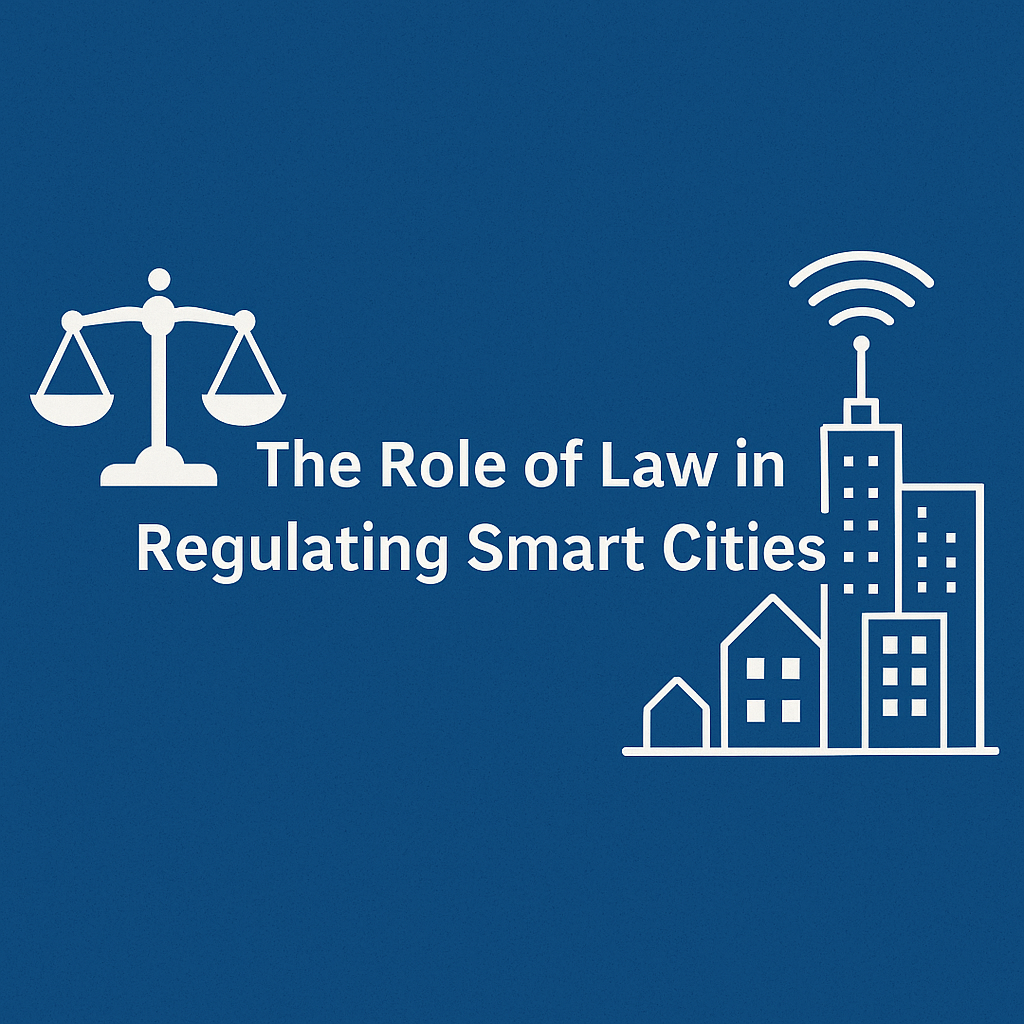The Clean Air Act ranks among America’s most effective environmental laws. It has reduced six common pollutants by an impressive 78% between 1970 and 2020. This achievement deserves celebration, yet a sobering reality exists – 99% of the world’s population lived in areas with poor air quality in 2019.
The Act’s benefits are a big deal as it means that the numbers tell only part of the story. The legislation will save 230,000 adult lives and 280 infant lives by 2020. Americans stand to gain $2 trillion in direct benefits – 30 times more than the compliance costs. Parents who worry about their family’s health need to understand how these air quality regulations protect their loved ones.
This piece explains what the Clean Air Act does, how it keeps our families healthy, and what steps you can take to shield your household from air pollution’s effects.
What Is the Clean Air Act and Why It Matters to Your Family
The Clean Air Act became America’s most detailed federal law to curb air pollution and protect public health in 1970. Dense, visible smog blanketed many cities and industrial centers at the time, which led to unprecedented bipartisan support. The Act grew stronger through major revisions in 1977 and 1990, as Congress expanded its reach to tackle emerging pollution concerns like acid rain and damage to the stratospheric ozone layer.
The origins and purpose of the Clean Air Act
The Clean Air Act gives the Environmental Protection Agency (EPA) authority to establish National Ambient Air Quality Standards (NAAQS) that protect public health and welfare. States must develop and implement plans to meet these standards that set acceptable levels of certain air pollutants. The Act works through a dual approach by regulating both air quality levels and pollution sources.
The results speak for themselves. Common pollutant emissions dropped by 78% between 1970 and 2020. A peer-reviewed study showed that by 2020, the 1990 amendments saved over 230,000 lives, prevented 200,000 heart attacks, and avoided 17 million lost workdays.
Six key pollutants regulated under the Act
These six criteria pollutants are the foundations of the Clean Air Act and pose major threats to public health:
- Ozone – Forms from nitrogen oxides and volatile organic compounds, affecting lung function
- Particulate matter – Tiny particles that penetrate deep into lungs, causing respiratory and cardiovascular problems
- Carbon monoxide – Mainly comes from automobile emissions, reduces oxygen delivery in bloodstream
- Sulfur dioxide – From electricity generation and industrial processes, causes respiratory issues
- Nitrogen dioxide – From vehicle emissions and power plants, inflames airways
- Lead – Once common in gasoline, causes neurological and developmental problems
How air quality affects your family's daily life
Bad air quality creates lasting effects on your family. Children face unique risks because their small, developing airways make them breathe faster than adults relative to their size. Kids who grow up in polluted areas might develop weaker lungs, which puts them at higher risk of respiratory diseases as they age.
Aging reduces lung capacity and immune function in older adults, making them more likely to get respiratory infections. Pregnant women who breathe polluted air face higher risks of premature birth, low birth weight, and complications that can harm their developing babies.
The Clean Air Act’s regulations help ensure cleaner air for communities nationwide, directly protecting your family’s health.
Health Benefits: How Clean Air Protects Your Family
American families breathe cleaner air thanks to the Clean Air Act. This means fewer trips to the emergency room, less sick days, and longer, healthier lives. The Act’s pollution reduction measures bring remarkable health benefits to every household member.
Reduced respiratory illnesses in children
Children face greater risks from air pollution because their bodies are still developing and they breathe faster. The Clean Air Act prevented 5.4 million lost school days due to respiratory illness by 2020. This kept kids healthy and learning in classrooms. The recent regulations have reduced asthma symptoms by 1.3 million cases and helped avoid 180,000 cases of acute bronchitis.
These numbers represent real improvements in children’s lives. Studies that track young people who grew up after the Clean Air Act show better results. Children born in recent years have stronger lungs and better breathing function compared to those born when pollution levels were higher.
Prevention of heart disease and stroke in adults
Adults have seen impressive benefits too. The Clean Air Act’s provisions prevented 200,000 heart attacks by 2020 and will end up preventing 230,000 premature deaths each year. Fine particulate matter (PM2.5) exposure raises heart attack risk by 10%, even at levels below current standards. This shows why we need continued improvements.
Reducing air pollution creates major cardiovascular benefits. Yes, it is true that about 32% of deaths prevented by controlling household air pollution involve ischemic heart disease. Particulate matter reductions deliver about 85% of all economic benefits.
Protection for vulnerable family members
Some family members face higher risks from air pollution, especially older adults, pregnant women, and people with chronic conditions. Cleaner air helps pregnant women by reducing risks of premature births and low birth weight. Older adults need fewer hospital visits for heart and lung conditions.
The Clean Air Act protects these vulnerable groups carefully. Clean air regulations help prevent 2,300 hospital and emergency room visits each year. These health improvements create up to $46 billion in annual net benefits.
Understanding Air Quality in Your Neighborhood
Your family’s outdoor activities depend on your neighborhood’s air quality. The Environmental Protection Agency (EPA) monitors six major pollutants across the United States. This data helps you protect your family members who might be sensitive to poor air quality.
How to check local air quality indexes
You can easily find current air quality information through several sources. Your local weather forecast on TV, radio, newspaper, or smartphone apps usually includes daily AQI readings. The EPA’s AirNow website (AirNow.gov) offers detailed air quality maps and immediate forecasts nationwide.
Community-based monitoring networks have grown beyond traditional sources. PurpleAir install neighborhood-level sensors that measure pollution in each block. These networks target areas where people need them most. They use informed data about poverty rates, minority populations, and areas with young children or seniors.
Interpreting air quality alerts
The Air Quality Index follows a simple 0-500 scale with six color-coded categories:
- Green (0-50): Good air quality with minimal health risks
- Yellow (51-100): Moderate conditions; sensitive individuals may experience effects
- Orange (101-150): Unhealthy for sensitive groups; children and those with respiratory conditions should limit outdoor activity
- Red (151-200): Unhealthy for everyone; all should reduce outdoor exertion
- Purple (201-300): Very unhealthy; sensitive groups should avoid all outdoor activity
- Maroon (301+): Hazardous; everyone should avoid outdoor activities
An AQI value of 100 matches the national air quality standard for each pollutant. Most locations show acceptable conditions when readings stay below 100. However, sensitive individuals should watch out when levels rise above 50.
Regional differences in air pollution challenges
Different regions face unique air pollution challenges. The Clean Air Act has improved conditions by a lot, yet many areas still exceed standards for at least one common pollutant. The WHO points to South-East Asia and Western Pacific regions as areas with the highest pollution burden worldwide.
Regional cooperation plays a vital role now. Mutually beneficial alliances like the ASEAN Agreement in Southeast Asia tackle shared air quality issues across borders. In the United States, community-based monitoring helps identify neighborhoods that face more pollution than others. This leads to better-targeted solutions.
Practical Steps to Protect Your Family from Air Pollution
The Clean Air Act has brought significant benefits, but your family’s protection needs your personal action. You can significantly reduce exposure to harmful pollutants by taking control of your home environment.
Indoor air quality improvements
Clean indoor air starts with controlling pollution at its source. Your home should be completely smoke-free – no tobacco, candles, or wood-burning fireplaces. Gas stoves pose a significant risk and are linked to more than 12% of childhood asthma cases in the United States.
Your indoor air quality will improve if you:
- Maintain humidity levels between 30-50% to stop mold from growing
- Run exhaust fans for 30-45 minutes while cooking and bathing
- Skip scented products like air fresheners and candles
- Pick cleaning supplies with fewer toxic compounds
- Schedule regular maintenance for heating and cooling systems
When to limit outdoor activities
Let the Air Quality Index (AQI) guide your outdoor plans. You should move activities indoors when the AQI shows “unhealthy for sensitive groups” (orange) – especially children and people with respiratory conditions. Everyone needs to stay inside during “unhealthy” (red) conditions.
AirNow.gov provides current conditions you should check before exercising outdoors. Morning hours are safest since ozone pollution peaks during afternoons and early evenings. Smoke from wildfires should keep you indoors completely.
Air purifiers and ventilation systems
HEPA air purifiers can capture particles as small as 0.01 micron from your home’s air. Your whole-house air purification system connected to HVAC works better than portable units because it cleans air throughout your home instead of single rooms.
A DIY air cleaner using a box fan with MERV-13 filters can help if you’re on a budget. Clean filters make a huge difference – dirty ones make purifiers almost useless.
Your ventilation system works best with filtration. Switch central heating and cooling systems to “on” instead of “auto” during poor air quality events to keep air filtering continuously.
Conclusion
Clean air is a basic right that every family deserves, and the Clean Air Act remains our best defense to protect this vital need. This groundbreaking law has saved countless lives and brought major economic benefits to our communities through its proven regulations.
Air quality knowledge gives us the ability to make smarter choices for our families. We don’t need to feel helpless about pollution because there are practical ways to keep our loved ones safe. Our families stay healthier when we check air quality indexes daily, keep indoor air flowing properly, and stick to recommended activity guidelines.
The Clean Air Act shows how protecting our environment directly helps public health. We have a long way to go, but we can build on this progress since 1970. Air quality vigilance matters more than ever for our families’ health. When we understand how to manage both outdoor and indoor air quality, we help our children and vulnerable family members breathe better air now and in the future.







